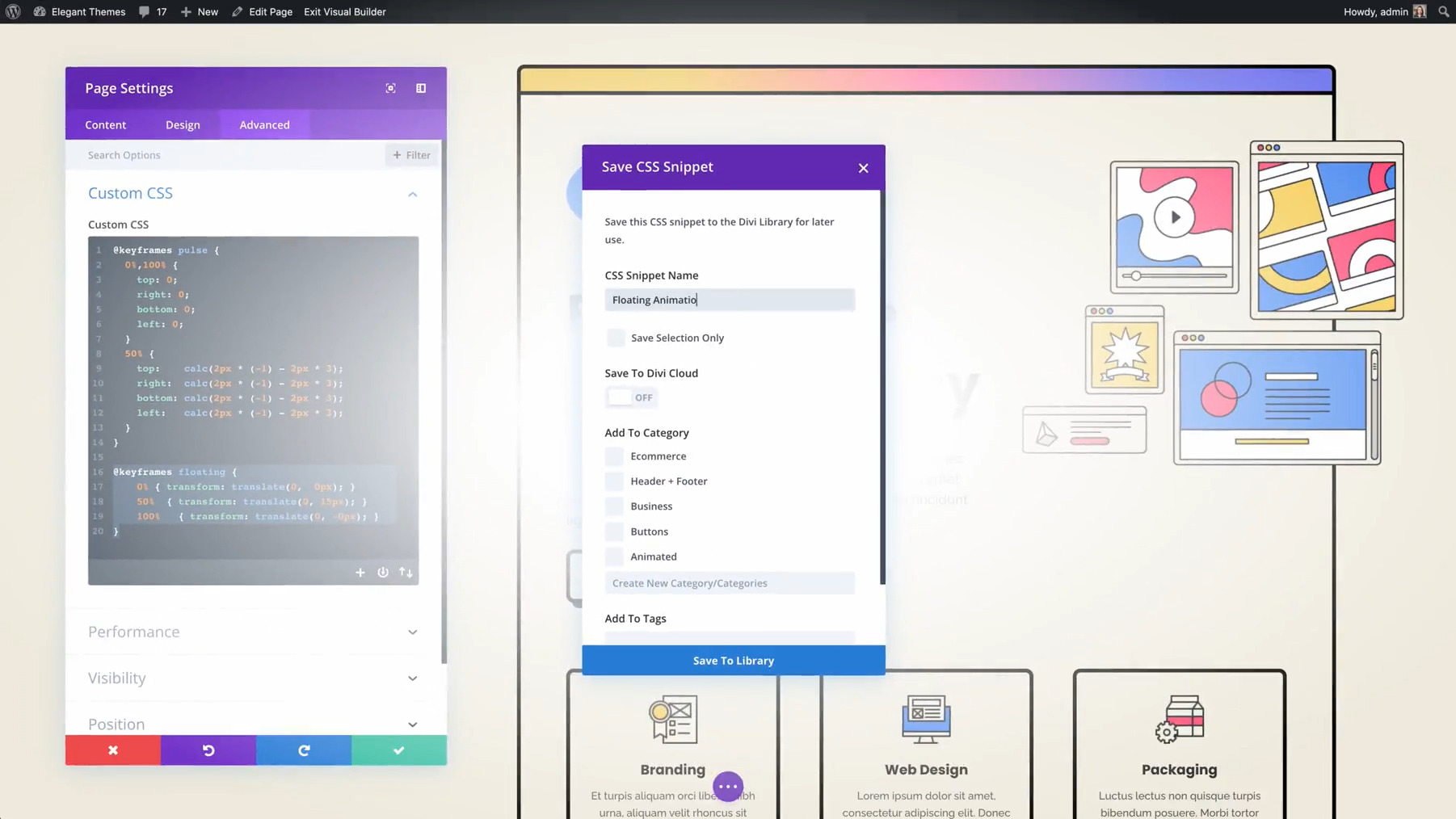If you’re reading this post, then chances are you spent the last few months – or maybe years – building up content on your WordPress site. Everything you produced was well-researched, well-written, and well-formatted. Now you have a WordPress site that is filled with high-quality content, and a lot to offer the visitors of your site.
You’re now probably asking yourself “What next?” How do you make the most of the content you’ve produced? There are a few things you should do.
Create a Clear Structure

First, you should make sure your content is grouped into clearly defined sections, and that your website is easy to navigate. Let’s say you run a Web Design company. If all of your blog articles are under the category “Web Design”, this makes it hard for your readers to navigate. Instead, you’d want different categories like “Latest Web Design Trends”, “CSS Tips” or “Mobile Design Optimization.”
With your posts in clear, distinct groups, you need to make these groups easy to find. A menu at the top of your site is a great place to do this, or you can put links in the sidebar. Give your categories a hierarchy, so that similar topics are grouped together under a larger umbrella. Here’s a great guide on optimizing your WordPress site’s structure to get you started.
Don’t Use a Cluttered Looking Theme
For content-heavy WordPress sites it’s especially important that you don’t have a cluttered theme. You don’t want a new visitor to your website to instantly be bombarded with 100 of your most recent articles, all squished together on the opening page.
Instead, you want things spread out. Make sure there is enough blank space between objects so that they are easily recognizable. Keep the items on the page to a minimum and only highlight your best content. Some of your blog posts are naturally going to be better than others, so make sure these are the ones you are featuring.
To find a WordPress theme that works, it’s a good idea to test several different ones out. The sample images of the theme can give you a good idea, but you won’t really know how it’ll look on your website until you download and install it. The great thing about WordPress is that if the design isn’t to your liking, you can easily pick something else.
Promote Related Content
Once someone reads a great piece of content that you produced, you don’t want their next action to be leaving your site. You want them to stick around and read something else. A great way to do this is by promoting related content.
In each of your blog posts, and on the rest of the page, there should be links to related content that the reader might find interesting. You can do this directly in your post, in the sidebar, or both. WordPress has some great plugins available that display related content based on a posts category, or you can do the links manually.
Providing links to your other content is also great for SEO purposes. If you internally link to a certain post a lot, search engines like Google see this page as more important. As a result, they are more likely to bump this page higher in their search rankings.
When adding links, don’t overdo it. A few links, to the topics your readers will find most interesting, is enough. If you can, include a description of the article, or a thumbnail image to go along with it.
Repurpose Your Content

Finally, you’ll want to look for ways to repurpose your content. People like to consume content in different ways, so if you can transform your written content into another medium, you accomplish several things. First, you give your audience a new way to access your content. Second, you don’t have to spend time creating a new piece of content from scratch. This allows you to get more value from something you already produced, with little additional effort on your part.
So how can you repurpose your content? There are several popular options. For starters, you could turn a series of blog posts into an eBook. All you would need to do is rewrite some sections to make it flow, and add an intro and conclusion. Then you can sell the eBook, or provide it to subscribers of your newsletter.
Another option is to create videos or audio files from your blog post. Have a blog article about how to replace the brakes on your car? Shoot a video showing someone doing this, following the steps listed in the blog. Or, you can have someone read your blog post, and turn it into a podcast. Some people don’t have time to read and would prefer a podcast they can listen to on the way to work.
Finally, you can take your content and turn it into a slideshow. You can then upload this slideshow to a site like Slideshare and reach an entirely new audience. If you do all of the above, you’ve now turned one blog post into a video, a podcast, a slideshow, and a chapter in an eBook. Not bad for just one post.
Think about your target audience and how they prefer to consume content. Then, pick out your best pieces and experiment with transforming them. If you do it well, you’ll have a new method for reaching your audience, and you won’t have invested too much more time or effort.
Use Your Content to Your Advantage
Not everyone has the luxury of having a content-heavy WordPress site. If you’re lucky enough to have a large amount of high-quality content on your WordPress site, it’s important that you take advantage of it.
Make sure your viewers can navigate your site easily. Find new ways to use your old content. Promote similar posts within each post. Read a digital marketing blog to help you generate more ideas. Doing simple things like this will help you to reach new people, establish yourself as an authority, and drive more sales.
When it comes to marketing on the Internet, content is king. So make the most of yours and you’ll be greatly rewarded down the line.
About the author:
Dave Schneider is the founder of LessChurn, churn reduction app. In 2012 he quit his job to travel the world, and has visited over 65 countries. In his spare time, he writes about SaaS and business at DaveSchneider.me.












Add Comment